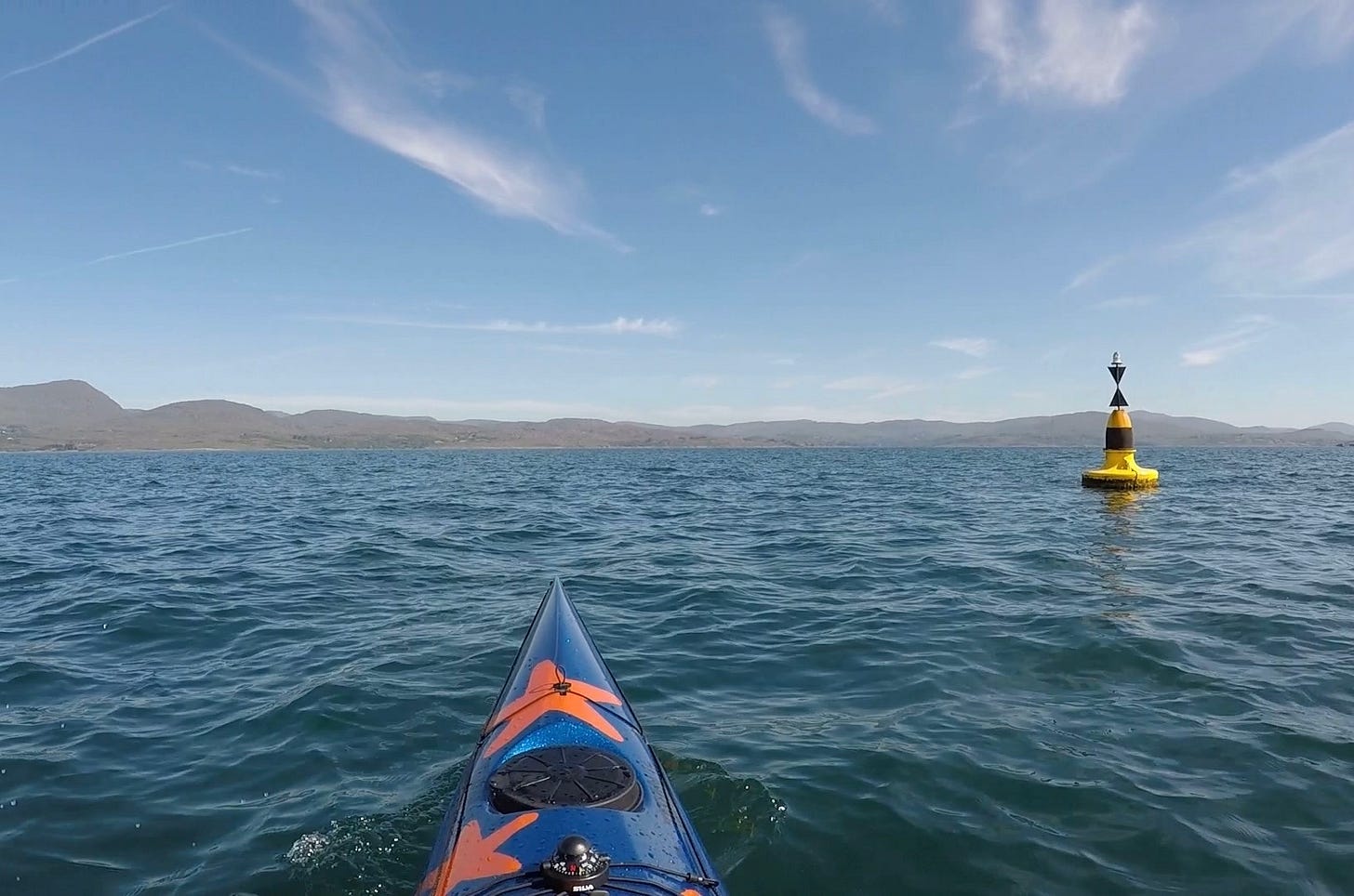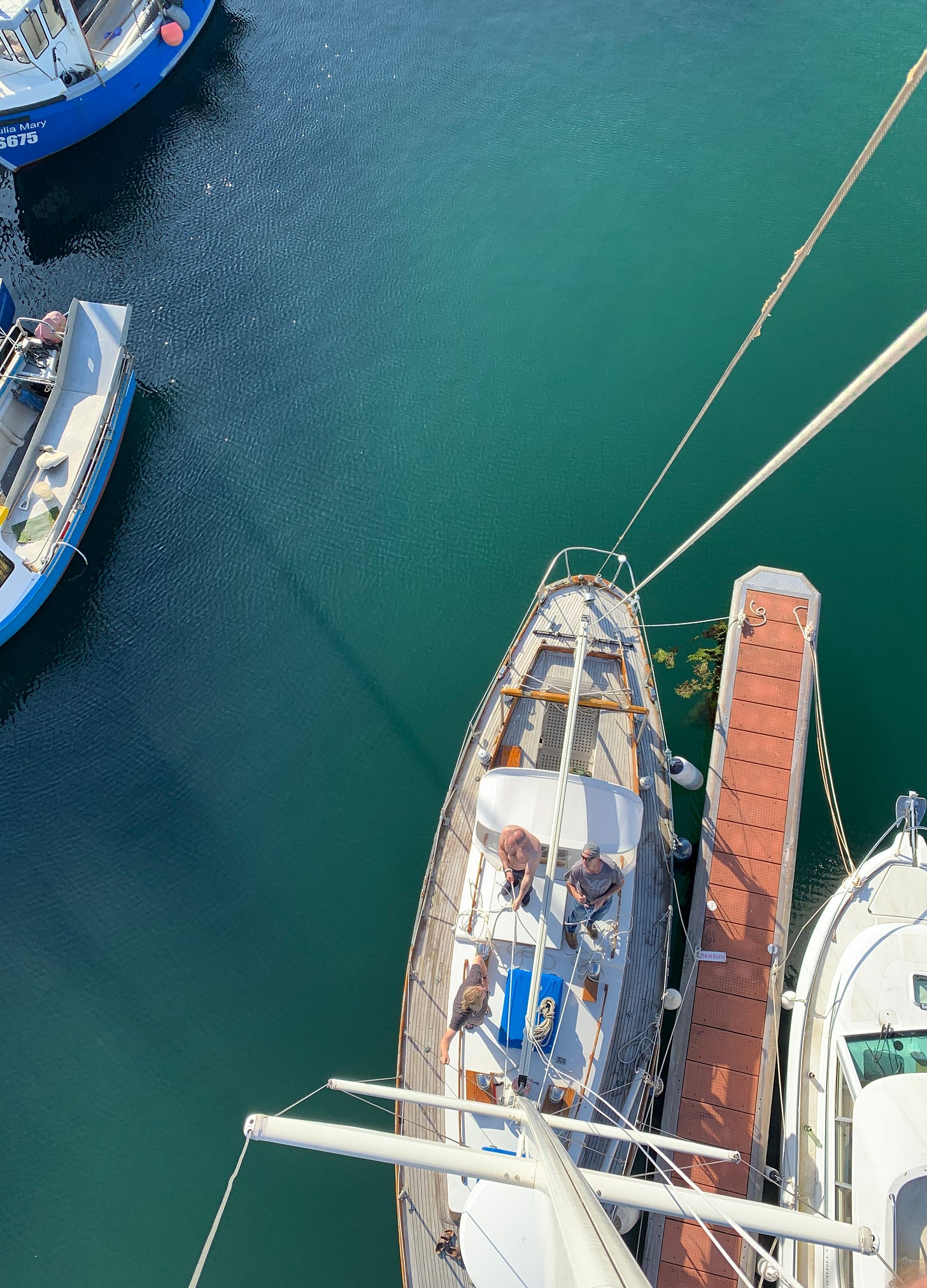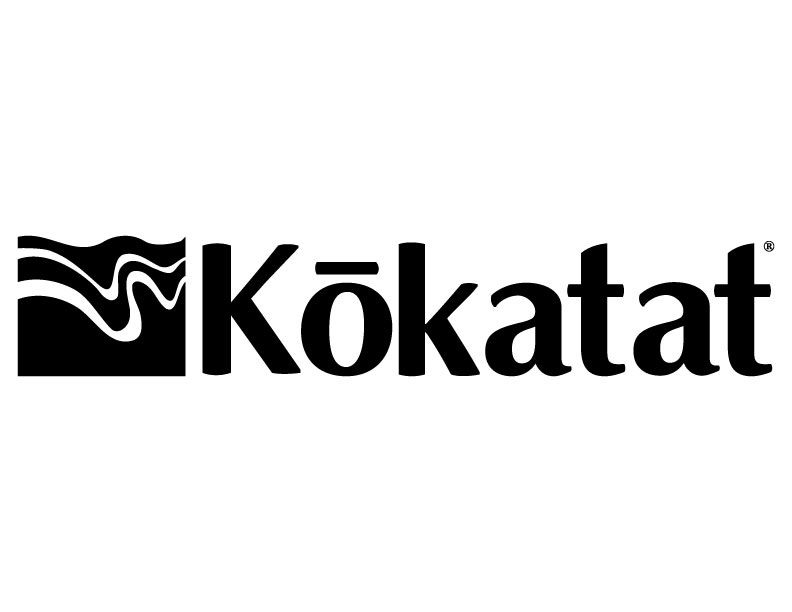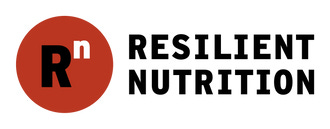In our first conversation about The Lap, Mike told me something that will probably save my life: “If this feels like bungee jumping, you’re doing it wrong or you’re out in conditions you shouldn’t be.”
Going to sea in a tiny boat is always risky, it’s sometimes scary. But the purpose of training is to plan for the risks and cope with fear when it comes up. If I feel like a daredevil out there, that means I didn’t do my homework.
And, believe it or not, risk-taking is all about homework.
A study of professional risk takers—BASE jumpers, military special operators, and pro poker players—found that risk-taking is about a systematic approach to studying and managing risk. Behind every death-defying freefall and daring raid are hours of unseen preparation and calculation.
This voyage isn’t about being a risk-taker. It’s about becoming a student of risk.
The Adventure Experience Paradigm
There is a sports science theory to explain why one person’s day at the beach is another person’s near-drowning experience. The Adventure Experience Paradigm (Martin & Priest, 1986) graphs the relationship between experience and perceived risk.
On one end of the spectrum, you have "exploration,” that’s when your competence is high and the risk is low. If the risks are too low, you creep into boredom—like an advanced skier on a bunny slope. On the other end of the spectrum is “devastation & disaster” and before that, “misadventure.” These are states to be avoided at all costs, where the risks (or perceived risks) exceed your experience level and you can’t learn anything because you’re fighting for survival.
What you want is a flow state or “peak experience” which you find right between adventure and misadventure. This is the zone where your skills match the risks. As you can see in the graph above, the greater your competence, the wider the margin you have to operate in this state.
Expanding the comfort zone
The main goal of my training this year is to increase the range of conditions where I feel comfortable.
The key to progress in the Adventure Paradigm is to gain experience so that what once might have been a misadventure becomes something you’re comfortable with—like a skier progressing from the bunny slope to black diamonds by way of blue squares.
Based on the experience of those who’ve taken The Lap before me, that means focusing on two main skills:
Exposed crossings.
Rough water and big seas.
The seas were calm this week, but I managed to work some open water exposure into my interval session by making my turnaround point a cardinal mark buoy out in the middle of Bantry Bay.
I got another chance to practice fear-management when a buddy asked for my help rigging his sailboat. He needed to send someone up 12M (40 ft) to the top of the mast to untangle a sheet...
After a mini heatwave (20C/ 68F) we’re headed into a wet and windy weekend. Time for some reading, chartwork, and training on the Concept2 bike.
Thanks for reading,
-Charlie
Thank you to Mike Jones for coaching and guidance.
Kokatat is the official gear sponsor of The Lap.
The lap will be fueled by Resilient Nutrition’s Long Range Fuel and bars.
Expedition coffee by 3fe.










I love the adventure experience paradigm.
Love it, great email Charlie